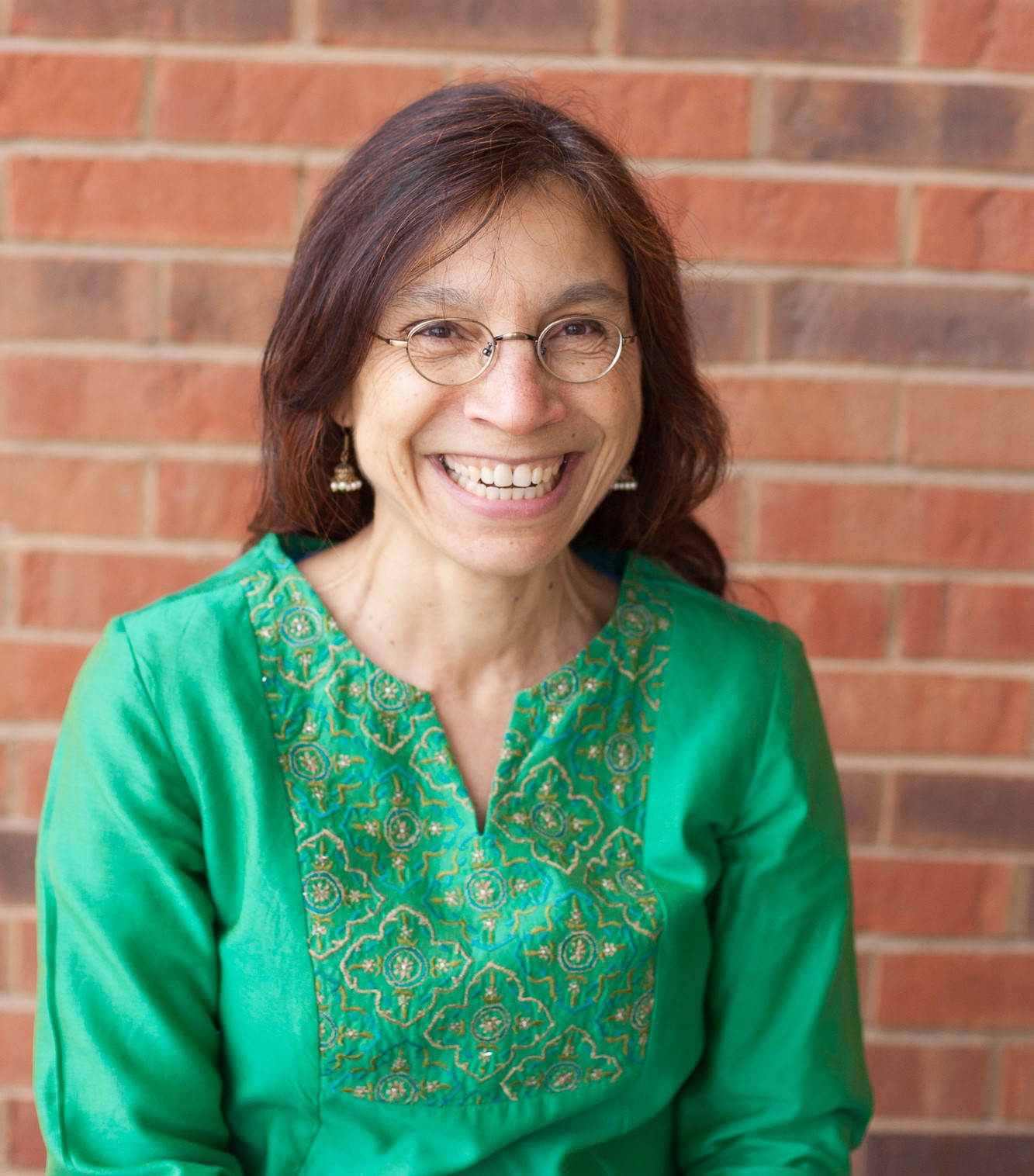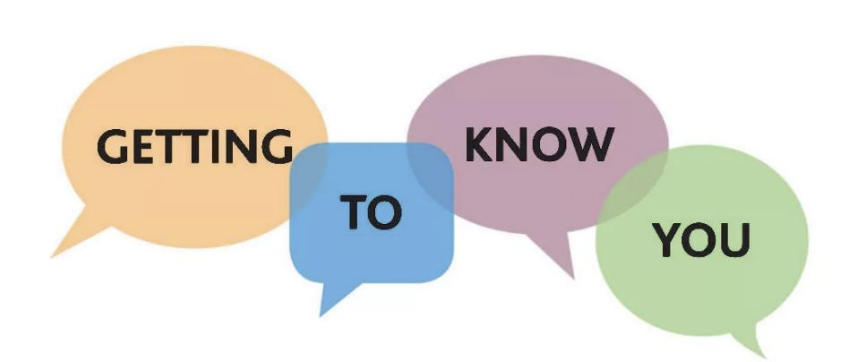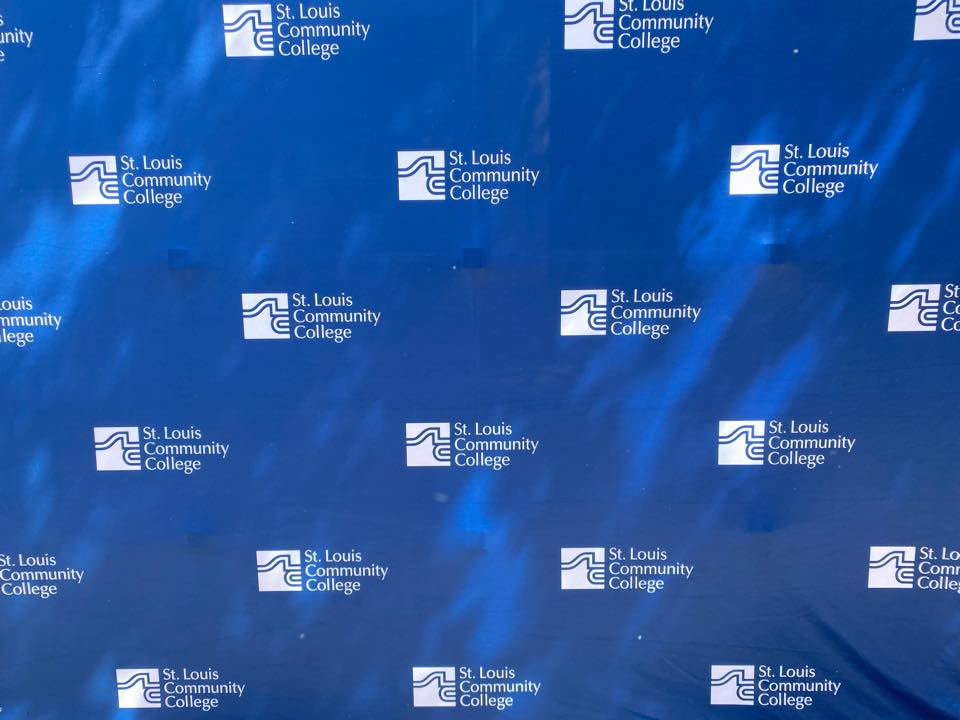BY: MORGAN DANIELS
Staff Writer
Each semester, Professor John Ferrari captivates his students with his theatrical storytelling abilities. His series of hand shapes, occasionally complemented by furrowed brows or mouthed sounds, express not only his thoughts but also his personality. How he uses his hands is an essential part of how he communicates with not only his students but friends and family.
While Professor Ferrari would be a great actor and performing arts instructor, John Ferrari is a part-time American Sign Language (ASL) professor at St. Louis Community College. He is a proud alum of the Florissant Valley campus and primarily teaches ASL 1 and 2 at three campuses: Meramec, Wildwood, and Flo Valley. However, Professor Ferrari wasn’t always so confident in his ASL skills.
Ferrari was born deaf to hearing parents in Murphysboro, IL–a relatively small town near Carbondale, IL. At four years old, he and his family moved to St. Louis after a family friend recommended the city because of its special schools for deaf children.
“At that time,” Ferrari shared, “my family didn’t know what to do with me because I was deaf. We didn’t have a school for the deaf.”
He was one of the first in his family to be born deaf, so his parents wanted a way to communicate with him and prepare him for school. He started kindergarten at the St. Joseph Institute for the Deaf, which then had a K-8 classroom program that provided Ferrari with an oral education. The school taught him to speak through various methods like lip-reading, speech therapy, and other practices to encourage the use of spoken English instead of sign language.
While the program at St. Joseph’s improved communication with his parents and family, his oral background didn’t ensure a smooth transition into the hearing world. Ferrari was mainstreamed into a public high school with a predominately hearing student population and didn’t have access to an interpreter. He relied heavily on lip-reading, but he still struggled to keep up in class.
“I had no clue what the teacher was talking about,” he said. “The teacher would talk and talk, and it was different than what I was used to at my previous school. It was very confusing. I didn’t even really know who I was. I just went through a lot of frustrations, and my parents would say, ‘Oh, just pay attention. Try to read their lips.’”
Following high school, Ferrari went to STLCC-Florissant Valley to begin his studies in accounting. However, Florissant Valley provided more than just experience in finance and economics coursework. The Deaf Communication Studies program introduced Ferrari to ASL. With his oral background and strong English skills, he started learning sign language by signing exact English. As he worked to improve his ASL skills, he joined the campus Deaf Club for additional exposure and community. He eventually became president and hosted all sorts of events. One of the most memorable events Ferrari shared was when the National Theatre of the Deaf came to campus to perform Pinocchio.
After obtaining his associate degree from STLCC, Ferrari continued his studies in accounting at the only liberal arts college for the Deaf in the United States—Gallaudet College (now known as Gallaudet University) in Washington, D.C. Being on campus gave Ferrari a culture shock. The community there was unlike what he had experienced before; students were signing with one another, high-fiving, laughing, and genuinely enjoying themselves.
“It is very different,” he said, “this is the Deaf community; the Deaf world is at Gallaudet. To be there and to learn, I was exposed to so much.”
For the longest time, Ferrari had little to no exposure to a rich Deaf culture. An environment that prioritized communicating in ASL and had their own shared Deaf culture and perspective of their Deafness.
“I was able to look into my identity,” Ferrari explained. “I thought I would be intimidated and have this fear because it would be my first time apart from my family and being on my own, meeting people. But as I was meeting people, it was different. Noticing that people were from different countries and their signing was different, and then originally not having the comfort but gaining comfort because we’re all the same. We have our own language and culture.”
When reflecting on his sense of identity while at the college, Ferrari shared, “I am Deaf, and you know what? I am proud of it.”
Professor Ferrari shared many more reflections and life stories with The Montage staff. We encourage readers to visit our YouTube page in the coming days for the full interview with Professor Ferrari. There, he elaborates further on his childhood experiences, Deaf identity, career challenges, and community involvement. Furthermore, readers will be able to see Ferrari’s expressive signing with the help of captioning.












